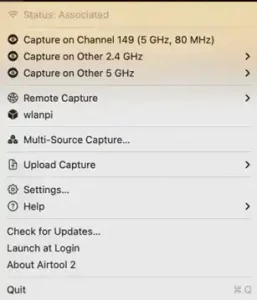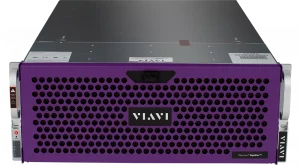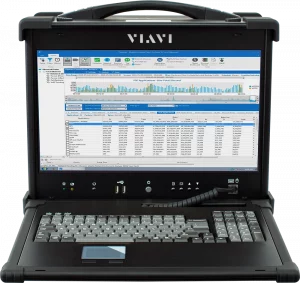As digital technologies advance and consumer demands shift, the global telecommunications industry is rapidly undergoing a transformation. Faster networks and lower latencies are required to support emerging technologies such as IoT networks/systems, AI and cloud computing.
As such, telcos are evolving to resemble technology companies, with a focus that extends beyond what a traditional telco company used to provide. Digital services and innovation are at the forefront, as opposed to basic connectivity services. In this blog, we’ll look at this trend and how VIAVI is enabling telcos to transform into “techcos”. This transformation is a key theme for VIAVI at this year’s MWC Barcelona; don’t forget to stop by our booth A18 in Hall 5 to talk to our experts.
The Challenge
Telcos have traditionally been associated with large-scale network infrastructure and a service model rooted in providing reliable connectivity. However, video streaming, over the top apps and services, gaming, AI workloads and other cloud-based services have led to an ever-accelerating growth of data traffic across these networks.
To supply the required bandwidth at the required latencies, it is no longer possible to simply maintain the networks. New technologies help evolve telcos to future-ready techcos. These include, but are not limited to, data-driven automation, AIOps and testing and modeling through flexible models like Lab-, Test-, and Everything-as-a-Service (LaaS /TaaS/XaaS).
In addition to new technologies, telcos are also under pressure to adopt a new, less-siloed way of operating, adopting data analytics and AI in the network operations center (NOC) to better predict network issues before they occur, to allocate resources efficiently, and to deliver personalized services to customers. The strategic pivot also has given rise to the function of the Service Operations Center (SOC), a centralized unit that continuously monitors and manages the delivery of services, ensuring their quality, performance, and continuity by actively identifying and resolving issues that may impact customer experience, often proactively.
VIAVI specializes in helping telcos make this move and addressing the unique challenges posed by modern network demands, with solutions that optimize, scale and evolve network infrastructure.
Data Driven Automation and the Dark (AI-assisted) NOC
As multi-vendor, multi-domain networks run ever more data-intensive applications, uptime becomes critical and a view of the entire network ecosystem from the core to edge devices is needed.
The shift to a fully automated dark NOC – through tools such as VIAVI’s NITRO® AIOps platform – enables more intelligent operations that redefine efficiency and reliability, and allows for greater 5G monetization with reduced operational expenses and a lower total cost of network ownership.
This solution features consolidated inventory management, anomaly detection, root cause analysis and autonomous issue resolution to deliver maximum uptime with a seamless user experience.
Lab-as-a-Service / Test-a-a-Service
Another key element that is changing is the move to outsourced testing instead of testing in-house.
Building in-house testing capabilities requires significant upfront investment. Traditionally, this expense was justified by limited competition. However, frameworks such as Open RAN allow for the use of interoperable interfaces and modular components. With it has come a rapidly growing ecosystem with greater levels of innovation, with traditional vendors competing against start-ups and university spinouts. The rise of such architectures also makes the need for testing even more essential, with a wide range of components that must work together seamlessly.
VIAVI’s Lab-as-a-Service and Test-as-a-Service models offer a cost-effective, flexible alternative for startups and smaller organizations that often lack the budget, staff and expertise to test their products.
For example, VIAVI’s VALOR Lab – which is funded by the National Telecommunications and Information Administration (NTIA) Public Wireless Supply Chain Innovation Fund (PWSCIF) – helps minimize upfront investment in building out Open RAN testing capabilities. It is designed to manage and support 5G and Open RAN deployments that would benefit from access to tools and expert staff with a minimal ramp-up time.
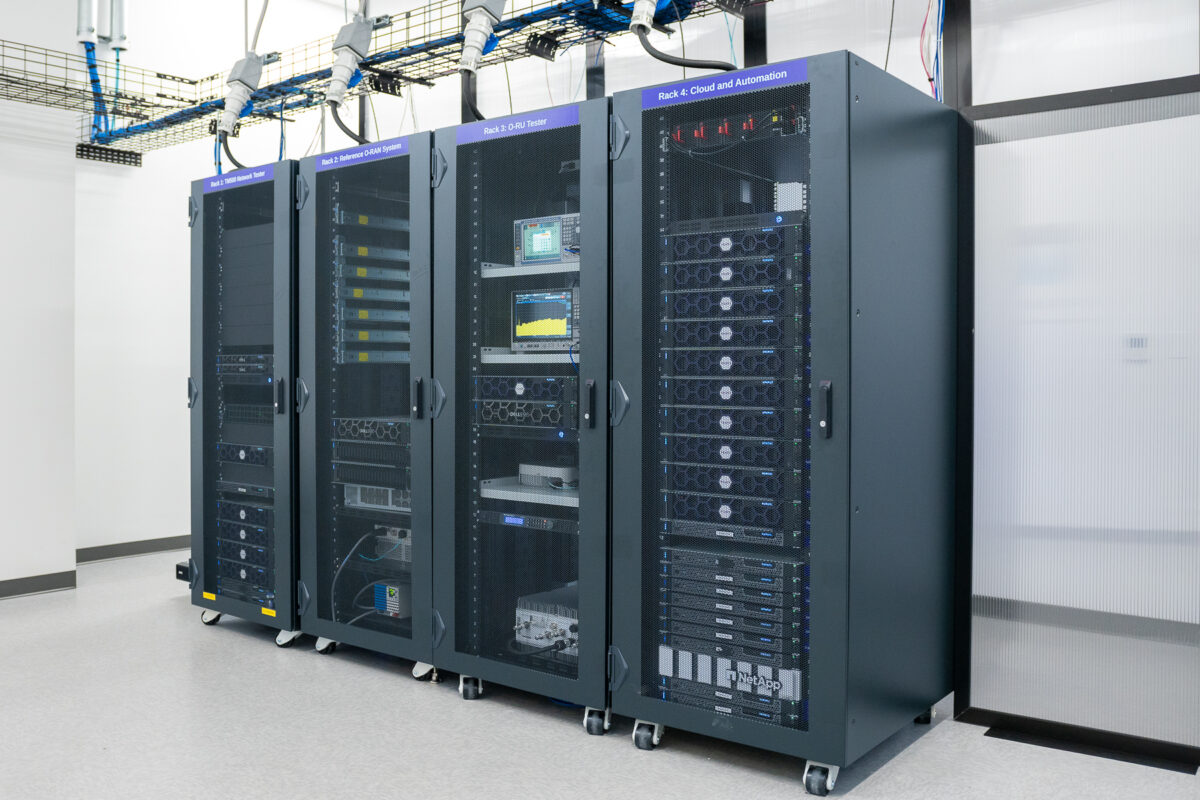
VALOR brings together the NITRO Wireless Open RAN Test Suite, the VAMOS unified framework for hybrid physical and cloud lab testing, and technologies from industry-leading partners such as Rohde & Schwarz (O-RU testbed) and ETS-Lindgren (a large RF anechoic chamber for Massive MIMO and beamforming over-the-air performance testing) as well as reference Open RAN-compliant O-CU, O-DU and O-RU technologies from Fujitsu, SOLiD and Capgemini.
AI RAN Scenario Generation
The move to Open RAN networks – and to multi-vendor architectures – brings many benefits, such as enabling the development and deployment of sector-specific applications that can tailor network functionality for more targeted use cases. Because of the complexity of these niche applications, scenario testing is needed to ensure the smooth, seamless operations of these networks. The National Telecommunications and Information Administration (NTIA), through its Public Wireless Supply Chain Innovation Fund (PWSCIF), has announced a series of funding specifically to address issues in software for industry verticals and integration automation (see NOFO 3).
In January 2025, VIAVI launched the TeraVM AI RSG (RAN Scenario Generator). This evolution of our market-leading RAN Intelligent Controller (RIC) test platform maintains all its features but enhances the simulated system-level RAN behavior and creates a RAN digital twin to replicate real-world conditions in the lab.
The AI RSG offers quality-of-service improvements, industry-specific features and functionality, energy efficiencies and other benefits for network operators.
It achieves this by testing the effectiveness of app decisions in realistic network environments and harnessing data obtained through Open RAN interfaces to train the RIC and r/xApps, including those offered by VIAVI. TeraVM can simulate up to 10,000 user equipment (UEs) – including movements, handovers and resource requests using imported real-world maps and networks – and between 1,000 and 5,000 cells per reference server.
Optical Network Testing
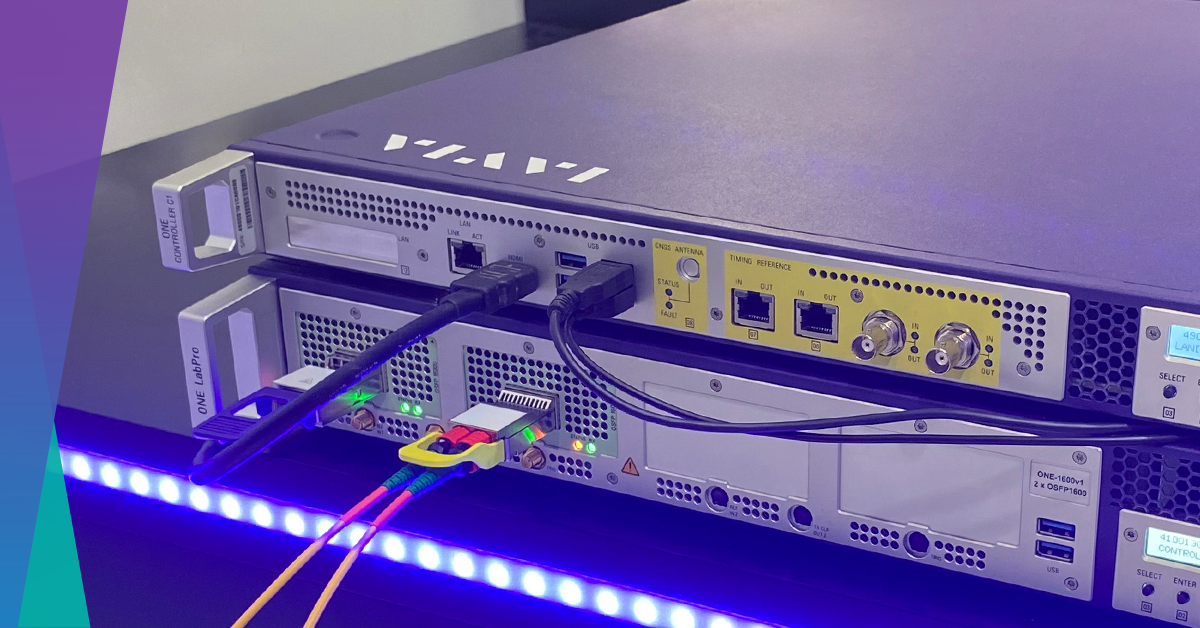
As telcos deploy higher-speed networks to support AI workloads, Ethernet fabric/backhaul, and other data-intensive applications, the need for reliable network equipment running at 800G and 1.6T has become paramount. VIAVI’s award-winning ONE LabProTM platform provides traffic generation and analysis for data plane and control plane testing while integrating insightful Physical Layer, FEC and MAC/IP testing assurance.
ONE LabPro helps ensure compliance with stringent performance requirements of AI infrastructure by enabling R&D qualification and volume production of optical network components and connectivity up to 1.6T.
VIAVI at Mobile World Congress 2025
VIAVI will be at Mobile World Congress (MWC) Barcelona 2025 from March 3-6 at Hall 5, booth A18. Click here to learn more.
Talk to experts at our booth and discover how we can help you evolve your telco into a techco more seamlessly.
